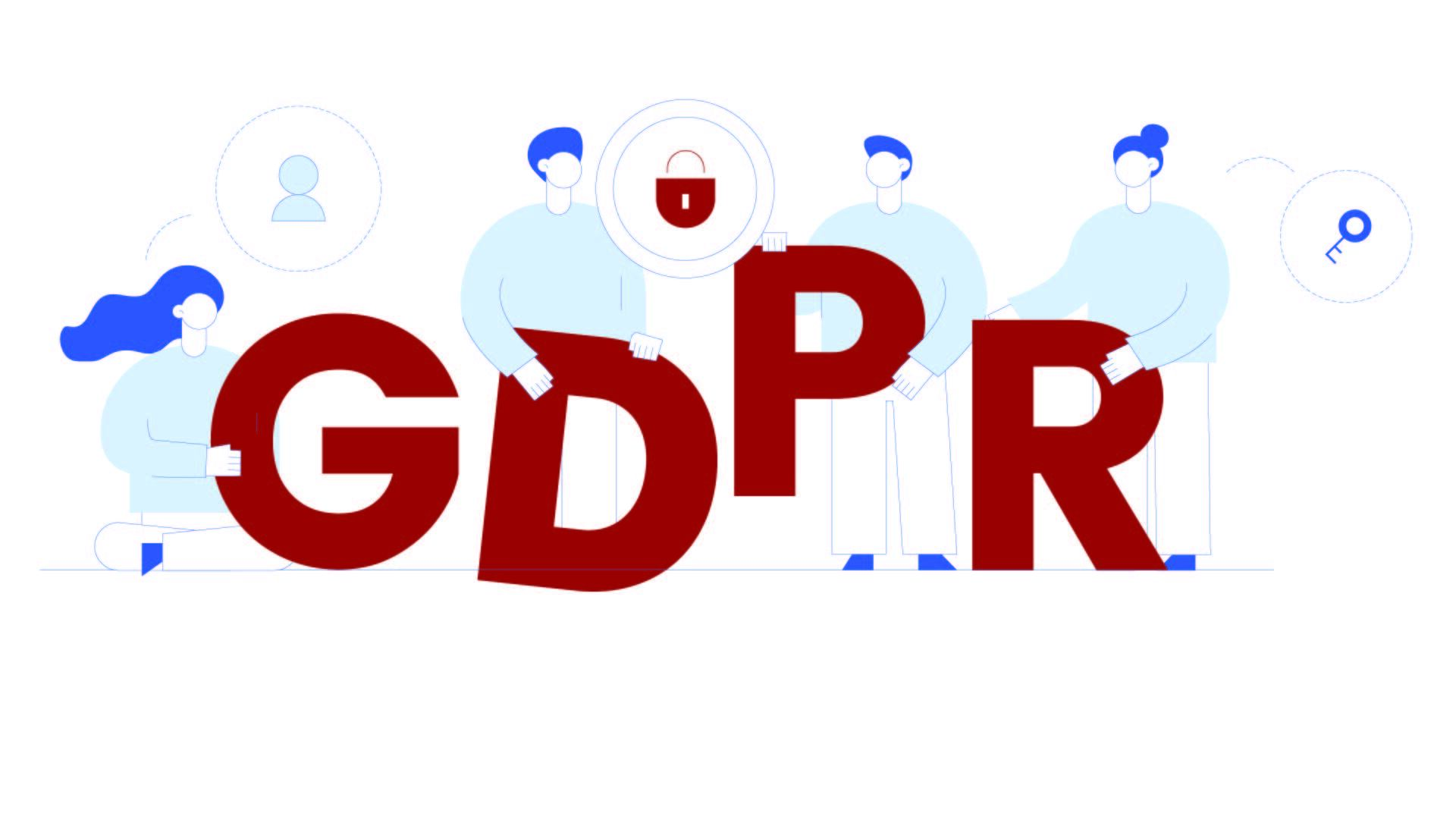How to Clean Ecommerce Website in 2025
As e-commerce competition grows and consumer expectations evolve, maintaining a clean and optimised website is more important than ever. Website maintenance can keep your online store running effectively and deliver a fast, secure, and smooth experience to the customers. From making pages load faster and being easier to navigate, maintaining a website to optimum condition can be the factor between a one-off visitor and a returning customer.
In 2025, as technology becomes more advanced and search engines become smarter, website optimization will be essential for sustaining the visibility and positioning of search engine result pages. A well-maintained e-commerce site will help minimise bounce rates and improve the overall security of the store while ensuring the store is compliant with current web standards. This kind of proactive approach goes way beyond user satisfaction and increases sales and customer loyalty.
Why Clean Your E-commerce Website?
It is vital to maintain a good website that will help in the e-commerce business, such as a website that loads fast and does not make the user leave the site. By 2025, the overall user experience will be more important than ever as people continue to lose their attention spans. Websites are also cleaned on a regular basis to improve their SEO positioning since search engines rank optimised optimal functioning websites. However, regular maintenance enhances the security of the site for your business and the customers’ information. In the current world, where customers are choosy, and demand brands that they can trust, having a clean and well-performing website is an added advantage for any brand.

Essential Steps for Cleaning Your E-commerce Website
1. Optimise and Update Content
Updating content is an essential aspect to ensure that you are relevant and also to increase the chances of your site being ranked highly by the search engine. Updates of product description, images, blog posts, and meta data make the site attractive to the search engines and interesting to the users. New content tells search engines that your website is active and improves its prospects of ranking higher.
2. Remove Outdated or Inactive Products
Reducing the cases of holding on to outdated or slow-moving products clears space in the inventory and makes the experience of the users better. Having too many products that are out of stock at a site is not good for the consumers and makes the site’s layout confusing. This way, you help the users find what they are looking for and do not have to waste storage space on products that are not being searched as often, thus cutting down bounce rates.
3. Clean Up Your Website’s Code
It is also important to have an organised and optimised code to ensure that the site loads faster and is less prone to crashes. Always check your files and eliminate any plugins that are no longer needed and other unnecessary features, use gzip for files, and use JavaScript and CSS shrinking. This makes the page to load faster since there are few errors that would slow down the browsing experience of the users.
4. Optimise Images and Media Files
Media file optimization is essential for increasing the loading speed of the web page while maintaining its quality. Big, clear images cause your site to load longer, which may turn away potential buyers. There are two options for reducing image file sizes and ensuring that they do not negatively affect the website’s performance: TinyPNG or JPEG Optimizer.
5. Streamline Navigation and Fix Broken Links
Decision-making can be made easier with an effective and easy-to-use navigation menu when searching for products by customers. When it comes to browsing, it is extremely irritating to find out that there are links that do not work, and when it comes to SEO, it can actually do harm. Therefore, broken links should be found and fixed constantly with the help of special tools. This way of thinking helps to keep visitors on your site longer and improve overall satisfaction with the visit.

Boosting Website Security in 2025
By 2025, the demand for secure websites cannot be overemphasised due to the advancement of cyber threats. For e-commerce businesses, customer data protection and trust are very important, and this is why businesses must be keen on security measures. Software and plugin upgrades bring fixes for new vulnerabilities and make your site secure from emerging threats. Through the use of SSL certificates, data exchange and transfer are protected, especially customer details, during business transactions. Employing two-factor authentication helps reduce the number of unauthorised people who may sneak into your system.
Key Steps for Enhancing Website Security:
- Update all software and plugins regularly.
- Use an SSL certificate to secure customer data.
- Implement two-factor authentication for better access control.
Improve Mobile Optimization and Responsiveness
With the increase in traffic from mobile devices, it is imperative to make sure that your e-commerce site is responsive to all types of devices to keep the customers coming back. Responsive design that enables a site to be viewed on a wider range of devices like tablets, smartphones and PCs is one of the most effective ways of enhancing user experience and retaining the attention of potential buyers. This process is essential in ensuring that the site has been optimised to act responsively across various gadgets in order to ascertain that users have the best experience when accessing it using their smartphones, tablets, and PCs.
Key Tip:
Test on Multiple Devices! – Ensure that your site is always well aligned and is also mobile friendly by checking its responsiveness on different screen sizes.
Analyse and Improve Website Speed
Website speed is fundamental in providing the best user experience, and especially for e-commerce websites, each second is vital. Poor site performance also means that users may leave your site before completing their intended actions, which means that you lose potential customers. That is why it is crucial to analyse the speed of your website periodically in order to find problems and their potential solutions. When it comes to page speed, there are tools out there that can help you identify what may be hindering the performance, such as excessive image size, unoptimized script or even too many plugins.

Quick Checklist for E-commerce Website Cleaning in 2025
| Cleaning Task | Purpose | Recommended Tools |
| Content Updates | Keep product and page content relevant | Content management tools |
| Code Optimization | Improve load speed and user experience | Code minifiers, caching tools |
| Image Compression | Reduce file sizes for faster loading | TinyPNG, JPEG Optimizer |
| Broken Link Check | Improve navigation and SEO | Ahrefs, Broken Link Checker |
| Security Enhancements | Protect customer data and maintain trust | SSL, two-factor authentication |
| Mobile Responsiveness | Ensure good user experience on all devices | Device testing tools |
| Speed Optimization | Reduce bounce rates and improve conversions | Google PageSpeed Insights |
Conclusion
E-commerce websites with proper and regular maintenance mean that the customer’s shopping experience is seamless, customers are assured and confident in the company’s products, and the site ranks high with search engines. If you are able to follow these steps in a routine manner, your site can remain optimised, safe and ready for growth in the year 2025. Furthermore, Infinite Digital Group can help you with these issues by providing recommendations and optimal solutions to enhance your business and maintain a competitive e-commerce site for attracting and engaging customers.






